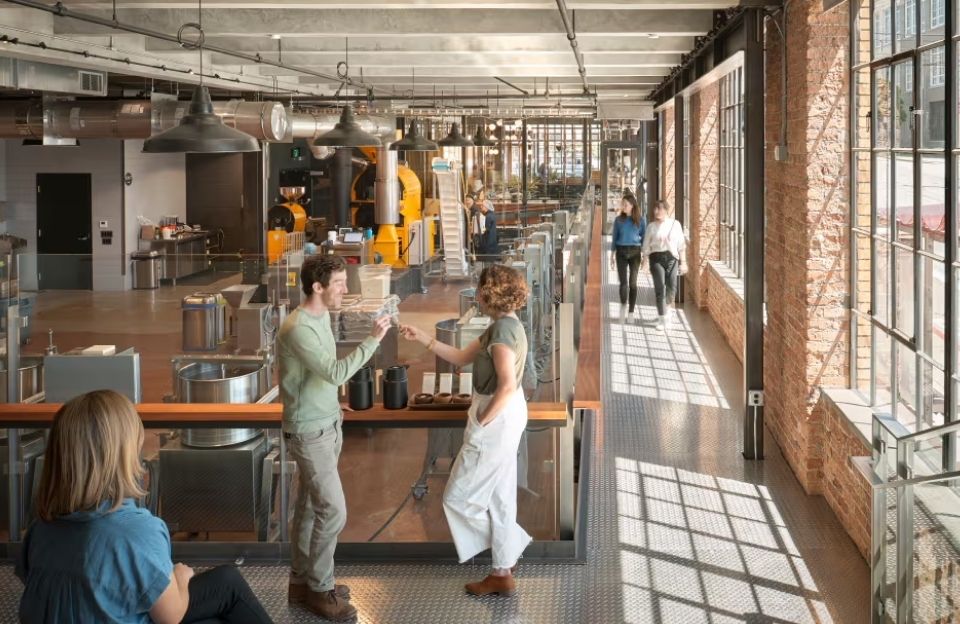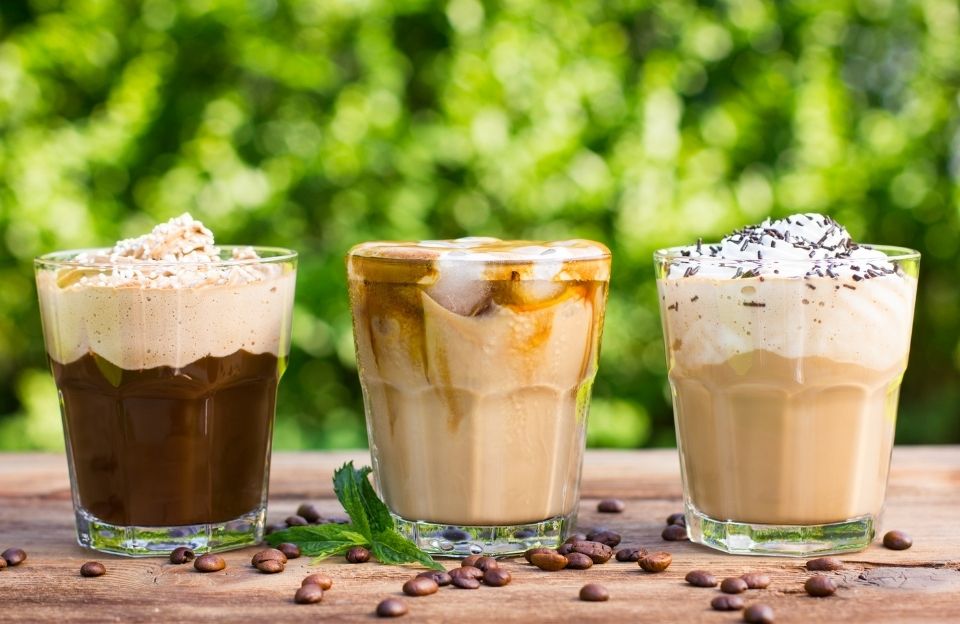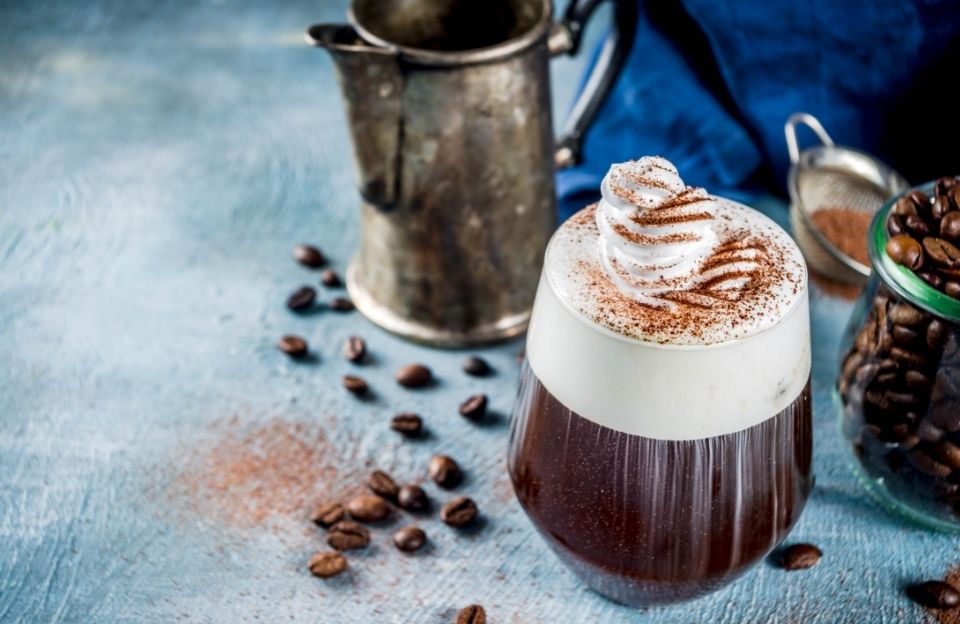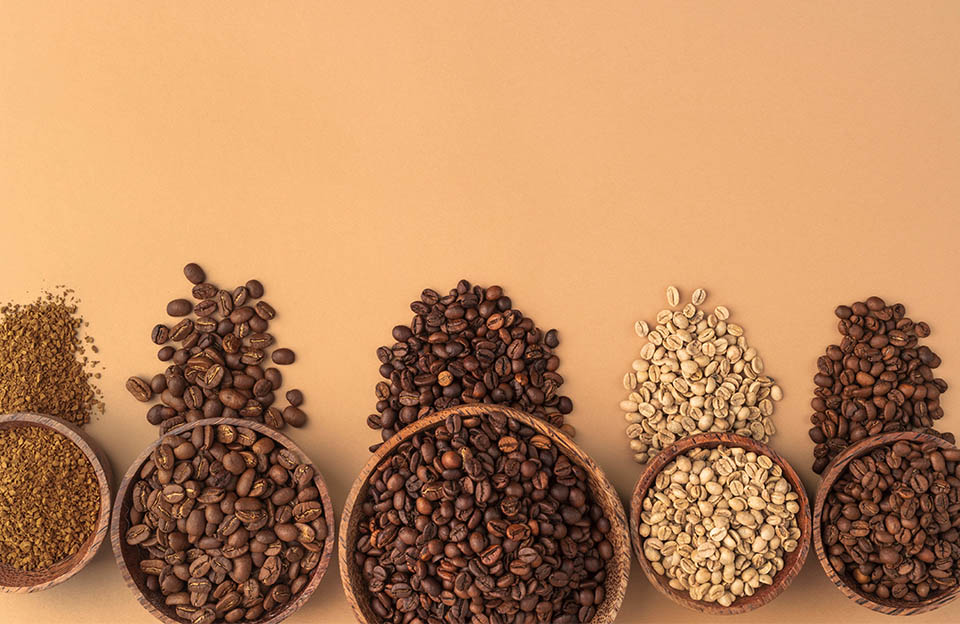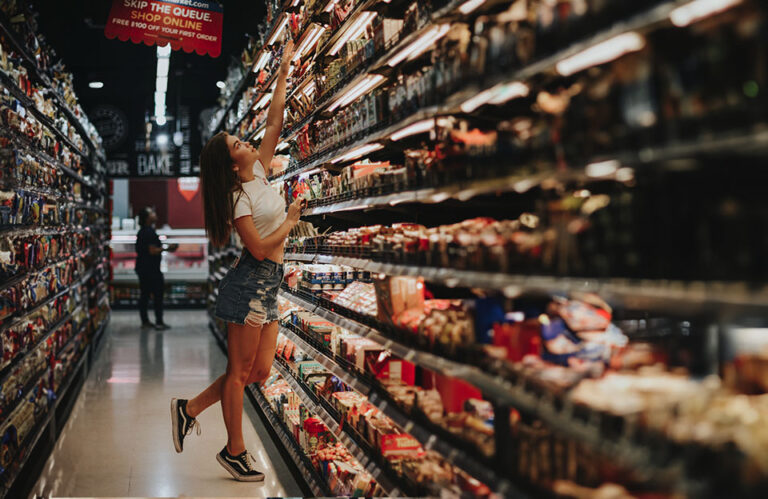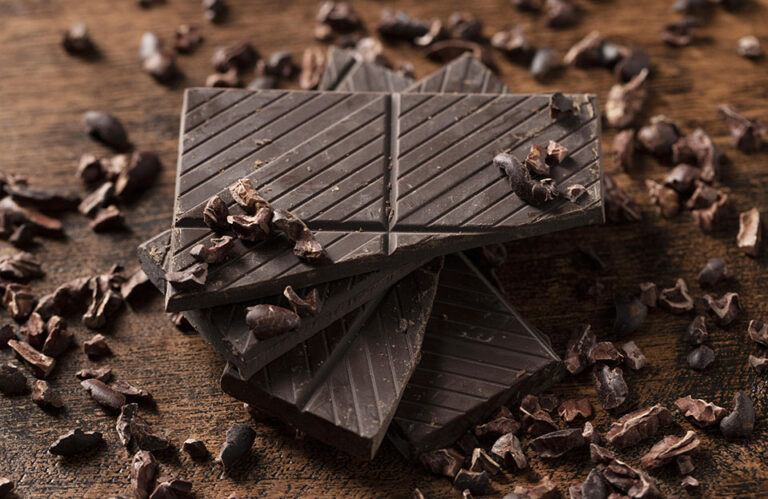Table of Contents
Introduction
Coffee is more than just a beverage; it’s a passion, a ritual, and a way of life for many people. Whether you’re a casual coffee drinker or a connoisseur, choosing the right coffee beans is essential to ensure a delicious and satisfying cup of joe. But with so many options available, how do you know which coffee beans to choose?
In this guide, we will take you on a journey to explore the world of coffee beans. We will delve into the different types of coffee beans, their characteristics, flavor profiles, and where to buy them. Additionally, we will provide you with valuable tips and factors to consider when selecting coffee beans, ensuring you make an informed decision.
So, let’s start by understanding what coffee beans are and the four major types of coffee beans that dominate the market.
Understanding Coffee Beans
What are Coffee Beans?
Coffee beans are the seeds found inside the fruit, commonly known as the cherry, of the coffee plant. These seeds go through a series of processes, including harvesting, drying, roasting, and grinding, to become the coffee grounds used to brew your favorite cup of coffee.
It’s important to note that coffee beans are not actually beans; they are classified as seeds. However, they are commonly referred to as beans due to their resemblance to legumes.
The 4 Major Types of Coffee Beans
Coffee beans can be categorized into four main types: Arabica, Robusta, Liberica, and Excelsa. Each type has its own unique characteristics and flavor profiles, making them suitable for different preferences and brewing methods. Let’s take a closer look at each type.

Arabica Coffee Beans
Arabica beans are the most popular and widely consumed type of coffee beans, accounting for approximately 60% of the world’s coffee production. These beans have a long history and are believed to be the first coffee beans ever consumed.
Originating from the highlands of Ethiopia, Arabica beans require specific growing conditions to thrive. They are more delicate and susceptible to diseases compared to other types of coffee beans. Arabica plants need shade, ample water, and high altitudes to produce the best quality beans. They typically grow at altitudes of 2,000 feet or higher.
Characteristics and Flavor Profile
Arabica coffee beans are known for their smooth, complex flavor and lack of bitterness. They offer a wide range of tasting notes, from fruity and floral to nutty and chocolatey. The flavor profile of Arabica beans can vary depending on factors such as the region they are grown in, the altitude, and the processing methods used.
Where to Buy Arabica Beans
Arabica beans are widely available, especially from specialty coffee companies. When purchasing Arabica beans, it’s important to check the label to ensure that they are not blended with Robusta beans, as this can affect the flavor profile. Many gourmet coffee brands proudly advertise that they use 100% Arabica beans.
Robusta Coffee Beans
Robusta beans are the second most popular type of coffee beans, known for their higher caffeine content and strong flavor. These beans originated in sub-Saharan Africa and are now primarily grown in Africa and Indonesia. They are also commonly used in coffee blends.
Compared to Arabica beans, Robusta plants are hardier and can grow at lower altitudes. They are more resistant to diseases and pests, making them easier to cultivate. Robusta plants also produce larger beans and have a higher yield compared to Arabica plants.
Characteristics and Flavor Profile
Robusta coffee beans have a more robust and bitter flavor compared to Arabica beans. They often have a stronger smell and a somewhat flat taste. Robusta beans also contain significantly more caffeine than Arabica beans. While some coffee enthusiasts prefer the boldness of Robusta coffee, others may find it too overpowering.
Where to Buy Robusta Beans
Robusta beans are commonly used in blends and are readily available from various coffee suppliers. Some specialty roasters also offer specific Robusta blends for those who enjoy a stronger coffee experience. Additionally, instant coffee is typically made from 100% Robusta beans.
Liberica Coffee Beans
Liberica coffee beans are less well-known compared to Arabica and Robusta beans. They are native to central and western Africa, specifically Liberia, which is where they get their name. Liberica beans are prized for their piquant floral aroma and bold, smoky flavor profile.
Unlike Arabica and Robusta beans, Liberica beans are grown on larger plants and tend to have irregular shapes and sizes. They are also more tolerant of hot and humid climates, making them suitable for cultivation in countries like Indonesia, Malaysia, and the Philippines.
Characteristics and Flavor Profile
Liberica coffee has a controversial reputation among coffee enthusiasts. Some love its unusual, nutty, and woody flavor, while others compare it to burnt garbage. The flavor profile of Liberica beans can be quite polarizing, with no middle ground. It’s a coffee that you either love or hate.
Where to Buy Liberica Beans
Liberica beans are primarily produced in Indonesia, Malaysia, and the Philippines. In the Philippines, Liberica coffee is known as “kapeng barako,” which translates to “macho stud” in Philippine culture. It is still widely available in local supermarkets and coffee shops across the country. However, outside of Southeast Asia, finding Liberica beans can be more challenging.
Excelsa Coffee Beans
Excelsa coffee beans were once considered a separate coffee species but have recently been reclassified as a Liberica variant. These beans are predominantly grown in Southeast Asia and have an elongated oval shape, similar to Liberica beans.
Excelsa beans are known for their unique flavor profile, combining light roast traits like tart notes and fruity flavors with flavors reminiscent of dark roasts. They offer an unusual depth of flavor while being lighter on aroma and caffeine content compared to other types of coffee beans.
Where to Buy Excelsa Beans
Excelsa beans are not as commonly found as Arabica and Robusta beans, especially outside of Asia. However, some specialty roasters offer Excelsa beans for those looking to explore unique flavor profiles. Online retailers and coffee suppliers that focus on rare and exotic beans may also carry Excelsa beans.
Factors to Consider When Choosing Coffee Beans
Choosing the best coffee beans goes beyond just selecting a specific type. There are several factors you should consider to ensure you find the perfect coffee beans for your preferences and brewing methods. Let’s explore these factors in more detail.
Preferred Taste
Understanding your preferred taste profile is crucial when choosing coffee beans. Each type of coffee bean offers a distinct flavor profile, and it’s essential to know what you enjoy. Arabica beans are known for their smooth, complex flavors, while Robusta beans offer a bolder and more bitter taste. Liberica and Excelsa beans provide unique and sometimes polarizing flavor experiences. Consider your taste preferences and experiment with different types of coffee beans to find your perfect cup.
Categories of Coffee Bean Selection
Coffee beans can be classified in various ways, including by variety, flavor profile, roast level, caffeine content, grind, brewing method, additives, and more. Familiarize yourself with the main features of each category to make an informed decision when buying coffee beans. Understanding the different classifications will help you choose beans that align with your preferences and brewing equipment.
Caffeine Content
Coffee beans differ in their caffeine content. If you prefer a more caffeinated cup of coffee, Robusta beans are the way to go, as they contain significantly more caffeine than Arabica beans. Excelsa beans have the lowest caffeine content, followed by Liberica and Arabica beans. Consider your caffeine preferences and choose beans accordingly.
Roast Date
Freshness is key when it comes to coffee beans. Knowing the roast date of the beans you’re purchasing is crucial to ensure optimal flavor. Coffee beans release carbon dioxide after roasting, and it takes a few days for them to degas and reach their peak flavor. Aim to consume coffee within four days to a month after its roast date, depending on the roast level and storage conditions.
Other Considerations
Other factors to consider when choosing coffee beans include the country of origin, the processing method (washed, natural, honey), and whether the beans are single-origin or part of a blend. Single-origin beans offer a distinct flavor profile unique to a specific region, while blends can provide a balance of flavors from different types of beans. Additionally, consider any certifications the beans may have, such as fair trade or organic, if those are important to you.
Tips for Selecting High-Quality Coffee Beans
Now that you have a better understanding of the different types of coffee beans and the factors to consider, let’s explore some tips for selecting high-quality coffee beans.
Check for Certifications
If you have specific preferences or values, such as supporting fair trade or organic practices, look for coffee beans that carry the appropriate certifications. These certifications ensure that the beans were sourced ethically and sustainably, benefiting both the growers and the environment.
Buy from Reputable Sources
When purchasing coffee beans, it’s important to buy from reputable sources that prioritize quality and freshness. Look for well-known coffee roasters or specialty coffee shops that have a good reputation. Online retailers that specialize in coffee can also be a great option, as they often offer a wide selection of high-quality beans.
Consider Single-Origin Beans
Single-origin beans are sourced from a specific region or farm, allowing you to experience the unique flavors and characteristics of that particular area. If you enjoy exploring different flavor profiles, consider trying single-origin beans from various regions to expand your coffee palate.
Experiment with Different Roasts
Coffee beans can be roasted to different levels, ranging from light to dark. Each roast level brings out different flavors and characteristics in the beans. Experiment with different roast levels to find your preferred taste profile. Lighter roasts tend to have more pronounced flavors, while darker roasts offer a bolder and more robust taste.
Store Beans Properly
To maintain the freshness and flavor of your coffee beans, it’s important to store them properly. Keep your beans in an airtight container in a cool, dark place, away from direct sunlight, heat, and moisture. Avoid storing them in the refrigerator or freezer, as the fluctuations in temperature can affect the flavor.
The Importance of Freshly Roasted Beans
Freshly roasted beans are essential for a flavorful cup of coffee. When coffee beans are roasted, they go through a chemical process called the Maillard reaction, which creates the compounds responsible for the coffee’s aroma and flavor. Over time, these compounds break down, resulting in a loss of flavor and freshness.
Purchasing beans that have been recently roasted ensures that you’re getting the best possible flavor from your coffee. Look for roast dates on the packaging and try to consume the beans within the recommended timeframe for optimal taste. Grinding the beans just before brewing also contributes to a fresher and more flavorful cup.
Conclusion
Choosing the best coffee beans is an exciting journey that allows you to explore the vast world of flavors and aromas that coffee has to offer. By understanding the different types of coffee beans, considering factors like taste preferences, roast level, and origin, and following our tips for selecting high-quality beans, you can elevate your coffee brewing experience and enjoy a superior cup every time.
Remember, coffee is a personal experience, and what works for one person may not work for another. So don’t be afraid to experiment, try new beans, and explore different brewing methods to find your perfect cup of coffee. Happy brewing!



